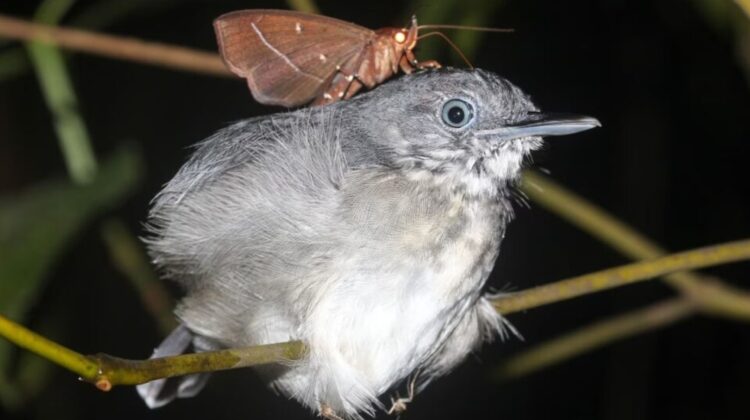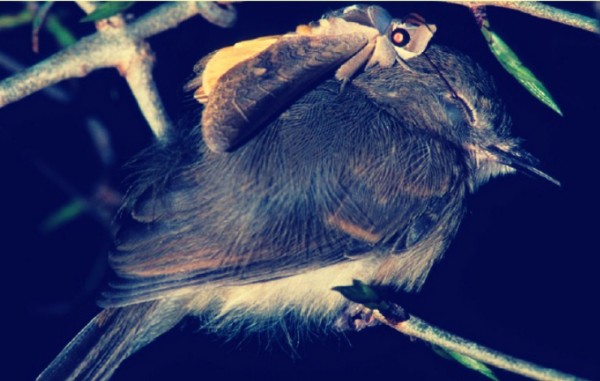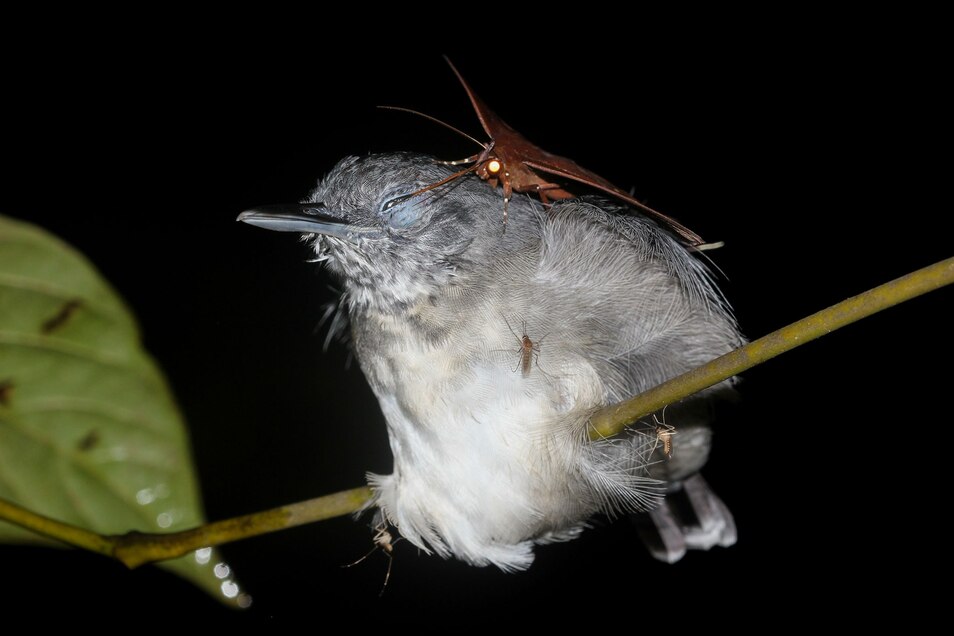
In the vast and lush Amazon jungle, nature never ceases to amaze us. The discovery of a tear-feeding moth by Leandro Moraes, a biologist at the National Institute of Amazonian Research in Brazil, has added to the already fascinating world of insects. The Gorgone macarea moth was seen feeding on the tears of a sleeping black-chinned antbird in the Solimões River area. The behavior, although rare, has been observed before in Madagascar and Colombia, but this marks the first time in Brazil.

The reason behind this behavior is still not entirely clear. In general, moths and butterflies feed on the tears of animals as a means of obtaining salt, which is vital for their survival, but not present in nectar. In the Amazonian region, where this behavior was observed, salt is abundant due to annual flooding from the Solimões River. So why would the moths need to supplement their salt intake with bird tears?

One possibility is that the moths are looking for a source of protein, which is essential for their reproductive success and lifespan. Although moths typically get their protein from plant nectar, tears are an alternative source of protein, as they contain albumin and globulin. Additionally, moths may be seeking other nutrients that are scarce in their environment.

PHOTOGRAPH BY LEANDRO MORAES
While it is still unclear why moths drink bird tears, one thing is certain: the behavior does not seem to harm the birds. The moths target sleeping birds, and since they do not show any signs of discomfort, it is believed that the birds are indifferent to the tear extraction. However, there is some concern that the behavior may pose a risk to birds, as tear-drinking moths have been known to transmit eye diseases to livestock.


The discovery of the tear-feeding moth is an exciting addition to the already diverse world of insects. It highlights the importance of understanding the behavior and ecology of these fascinating creatures, as well as their impact on other species in their environment. The Amazon rainforest is a unique and vital ecosystem that provides a home for an incredible diversity of animals, including about 1,300 bird species and an estimated 2.5 million types of insects. As we continue to learn more about the natural world, we are reminded of how much we still have to discover and understand.

Leave a Reply